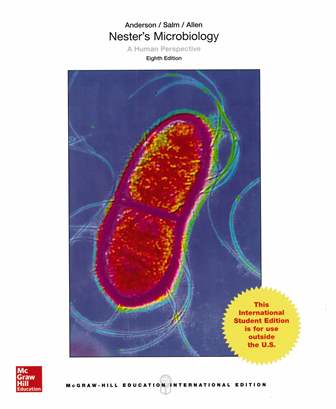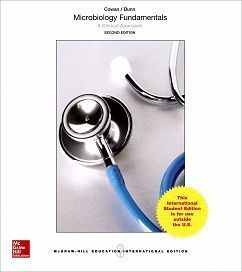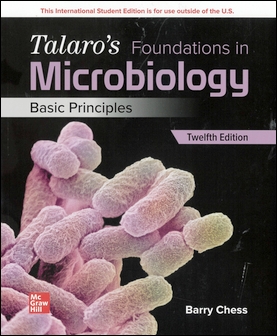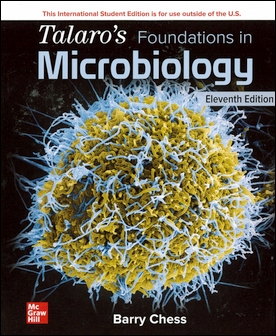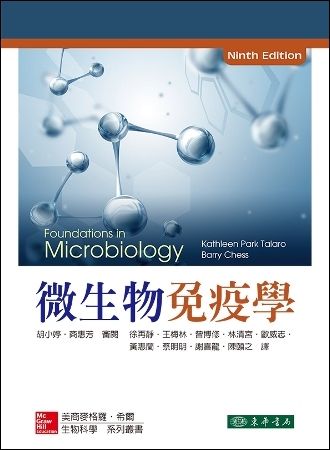書籍分類
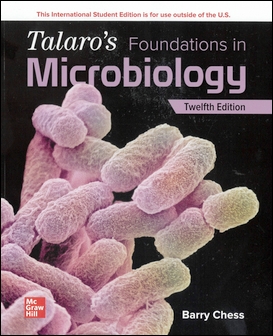
(E-Book) Talaro's Foundations in Microbiology 12/e
作者:Barry Chess (Kathleen Park Talaro)
原價:NT$ 1,000
ISBN:9781266784774
版次:12
年份:2024
出版商:McGraw-Hill
頁數/規格:電子書
參考網頁:Talaro's Foundations in Microbiology 12/e
版次:12
年份:2024
出版商:McGraw-Hill
頁數/規格:電子書
參考網頁:Talaro's Foundations in Microbiology 12/e
內容介紹 本書特色 目錄
- 電子書訂購前請先詳讀:
- 訂購付款完畢後,請填寫 電子書回報資料-官網訂單,資料若不全,將影響您後續派送權益
- 查看 電子書平台登錄與註冊說明
- 查看 電子書平台操作手冊
- 此訂單為電子書,非紙本課本,電子書兌換碼一旦派送,則無法辦理退貨。
- 若有任何問題請 Email 至 ebook@tunghua.com.tw
- Thousands of changes were made to this edition, most of which you'd never notice. Sentences were clarified, statistics were updated, figure legends were changed. All in the name of making this edition a little bit better than the last. The following list represents a few of the larger changes you'll encounter.
- Diversity, Equity, and Inclusion: McGraw Hill is dedicated to creating products that foster a culture of belonging and are accessible to all the diverse global customers we serve. Within this edition, content has been reviewed to implement inclusive content guidelines around topics including generalizations and stereotypes, gender, abilities/ disabilities, race/ethnicity, sexual orientation, diversity of names, and age.
- Art Accessibility: Accessibility has been improved in this edition by ensuring meaningful text and images are distinguishable and perceivable by users with limited color vision and moderately low vision.
帳號訂購流程
Step 1 登入會員 非東華網站會員,請點選右上角『註冊』。
Step 2 點選 『加入購買』填寫相關資料,並確認訂單無誤後,即可送出訂單。
Step 3 審核訂單 訂購單會盡力於24小時內(遇周末假日順延)審核,確定有庫存,系統會發送『付款通知信』至指定信箱。
Step 4 付款 收到付款通知信後,請於七天內付款。
Step 5 電子書兌換碼 確認入帳後,約 1-3 個工作天派送電子書兌換碼,會發訊息至您的個人 email 信箱。
Description
Talaro’s Foundations in Microbiology: Basic Principles is an allied health microbiology text with a taxonomic approach to the disease chapters. It offers an engaging and accessible writing style through the use of case studies and analogies to thoroughly explain difficult microbiology concepts.
Global Changes to the Twelfth Edition



